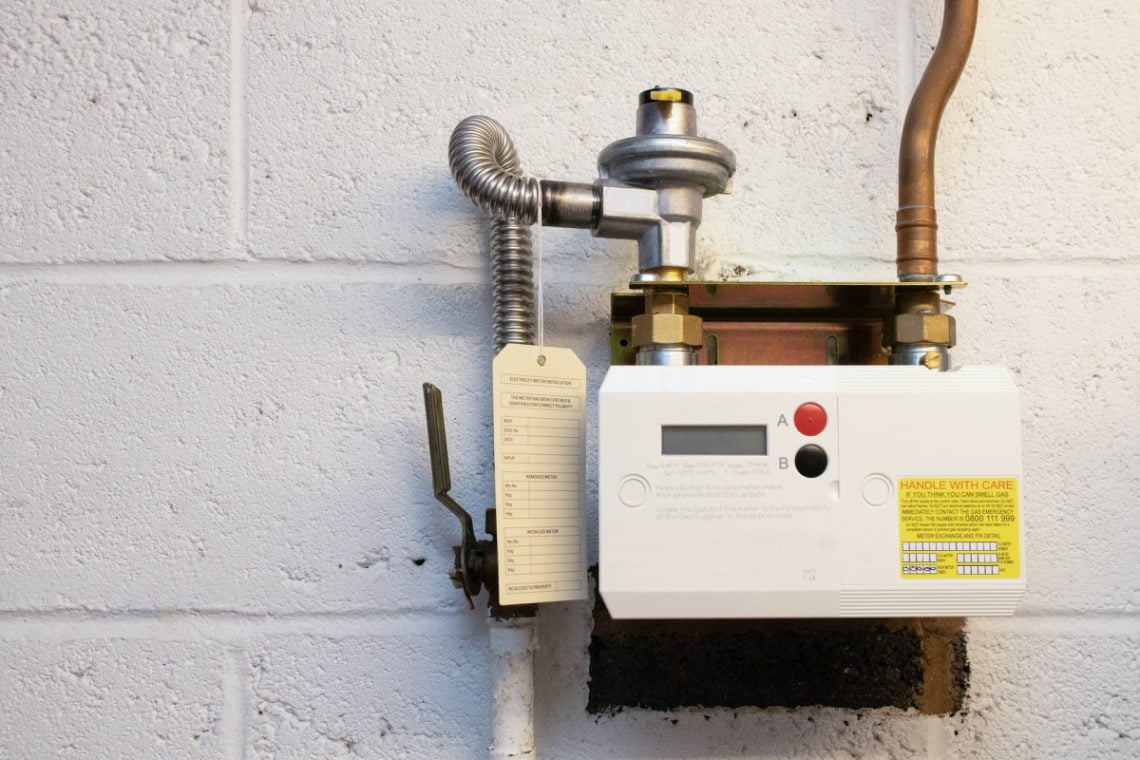There are two types of people in this world. Those who set the thermostat, and their families who aren’t allowed to so much as look at it!
With monthly gas prices rising, it’s easy to understand why you would want to turn that thermostat down a few degrees. According to the National Energy Assistance Directors’ Association, heating bills are expected to increase by around 17% in the U.S. this winter! The estimated seasonal bill for natural gas users is expected to be 25% higher than last year. Heating oil users will suffer even more with estimated costs expected to rise 45% year over year. Ouch!
The good news is that just because heating costs are rising, it doesn’t mean you have to shell out your hard earned cash. These tips will help you cut back on usage resulting in a lower gas bill and keeping more money in your pocket!
Ways to lower your gas bill:
- Turn down the thermostat
- Upgrade your tech!
- Insulate better
- Get a home energy audit
- Furnace maintenance
- Adjust your water heater
- Flush your water heater
- Reverse your ceiling fan
- Gov Assistance programs
1. Turn Your Thermostat Down
While this might seem obvious to some, turning down your thermostat by a few degrees is one of the easiest ways to see a decrease in your gas bill. By wearing a sweater around the house or layering a few extra blankets on your bed, you can easily stay cozy without blasting the heat at night.
If you don’t want to bundle up, you can try using a small space heater to warm the rooms where you spend more time.
Another way to stay warm while saving on heating is to keep your home cooler when no one is around. Consider lowering the temperature a few extra degrees while your family is at work or school!
2. Consider Getting A Smart Thermostat:
On that note, if you’re as forgetful as I am, you may struggle to remember to turn the thermostat down when you’re leaving for work. That’s where a smart thermostat can come into play and save the day.
A smart thermostat will allow you to set a program to raise and lower the temperature of your home according to your needs. Thermostats like the Nest even have learning capabilities that will allow it to adapt to your schedule, quietly saving you money in the background.
While this will cost you a bit of money upfront, a purchase like this can easily pay for itself with the amount of money it saves. Another great benefit of getting a smart thermostat is that you can set it to warm your house a few minutes before you get home from work.
Pro tip: Check to see if your energy provider offers a rebate. Many will cover most or even the entire cost of your new smart thermostat!
3. Insulate! Keep Your Heat Inside
I can think of few things worse than paying to heat your house, only for it to remain COLD inside your home. If your place is full of drafts, this could be a reality for you. Here are a few precautions you can take to prevent air from moving in and out of your house.
Weather Stripping- Weather stripping is a great way to eliminate air leaks on doors and openable windows! It’s cheap and effective.
Caulk- Seal N’ Peel Caulk is a great fix for drafty windows. When spring comes around, you can peel the caulk right off and open your windows.
Window Wrap- While this might not be the most aesthetically pleasing way to keep your heat in, it definitely makes a big difference!
Insulate Your Attic- This is one of the best ways to save on heating costs if you haven’t done it already. You can, of course, pay a company to do it for you. But taking the DIY route to installing blow-in insulation is even smarter. You can do it in just a few hours with the help of a friend! Again, check to see if your energy provider will pay for a chunk of the materials.
Winter Curtains- Another fairly inexpensive solution to escaping warm air is installing thick, blackout curtains. They can create an insulating layer in front of your windows, keeping you warmer at night.
4. Get A Home Energy Audit
Sometimes it can be helpful to call in a professional to determine where your major energy leaks are happening. Although they can cost money, some energy companies offer free/discounted energy audits, or offer helpful online versions. Never hurts to ask for a discount!
You can also follow a DIY Home Energy Assessment guide from the US Department of Energy, which estimates that eliminating the problems identified in an energy audit can save homeowners anywhere between 5-30% on energy costs.
5. Furnace Maintenance
One of the best ways to keep more of your money when it comes to home heating is to properly maintain your furnace. Make sure to change the filters a few times a year. If you’ve got furry friends at home, you’ll probably want to change them even more often.
Put it on your calendar so that you don’t forget this crucial maintenance necessity. This will help your furnace to run more efficiently and will extend the life of your HVAC system, saving you money in the short-term and over the long run.
6. Lower The Temperature of Your Water Heater
I love a hot shower as much as the next person, but most of our water heaters are set to be much hotter than we need them to be! Water heaters are typically set to 140°F, while most doctors advise keeping your showers around 110°F. Dropping your water heater down to 120°F can easily save you around $50 a year.
To save even more, try washing your clothes on the cold water setting.
7. Drain Your Water Heater
Flushing your water heater is something you can easily do on your own that will extend the life of your appliance. This ensures you aren’t wasting energy heating your water through a layer of sediment.
Here’s a super simple DIY YouTube video showing how to flush your water heater like a pro, potentially saving you substantial money too.
8. The Ceiling Fan Trick
When you’re trying to warm up, you probably don’t think to turn on the fan. However, this trick can help keep you toasty in the winter.
To cool off in hotter months, ceiling fans turn counter-clockwise, creating cooling downward airflow.
Most ceiling fans have a switch on them, which allows them to reverse their direction. With your fan off, flip the switch to allow the fan to turn clockwise. This draws cold air up, and pushes warm air from around the ceiling down.
This may be one of the weirder tricks out there, but it really does make a difference in how warm your room will feel!

9. Look to the Government for Assistance
One last recommendation involves seeking assistance from your state government. Many low-income families qualify, but you’ve gotta be proactive when it comes to procuring financial relief.
Contact your utility provider to see if you qualify under the Low-Income Home Energy Assistance Program.
How Much Money Can You Save?
Now that I’ve given you a massive to-do list, you may be asking yourself: Is saving a tiny bit of gas and electricity even worth it? The answer is yes!
Even if it doesn’t feel that way, saving small amounts of money overtime can really add up! Especially if you invest those extra savings.
The rule of 173 allows us to estimate how much money your energy savings could amount to over the course of ten years. For example, if you save $50 on energy costs each month and invest that, you could be looking at an extra $8,650 in your accounts. It really can make a difference.
And don’t forget that your local utility provider and the federal government have programs that will help reduce the cost of many energy-saving measures you might be inclined to make. Cutting your energy usage might not be as costly as you think!
Hopefully I’ve convinced you that making these changes can lower your gas bill. And, have a big impact on your money in the long term!
Related resources:
- Ways to save money on electricity
- Podcast Ep#527: Defying Higher Prices in Your Life
- Ways to save money on water
**Feature pic by iMattSmart on Unsplash




